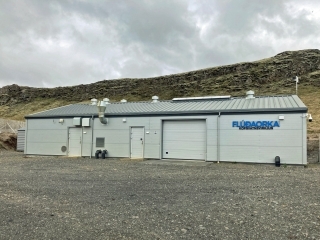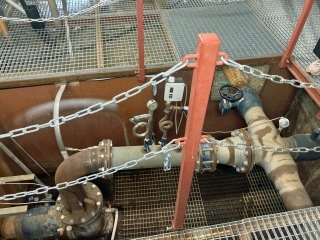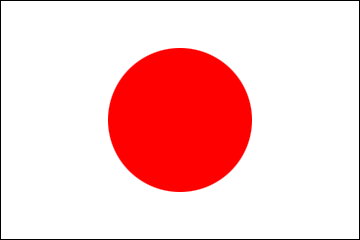From Ambassador (Various forms of geothermal power generation)
2023/6/15



I am afraid this is my third essay in a row about geothermal power plants.
There are various methods of geothermal power generation, and the method that utilizes steam spewed directly from the ground to generate electricity is known as the “flash” method. This is the method used at both the Hellisheiði geothermal power plant and the Svartsengi geothermal power plant. This kind of power generation method requires a source of hot water with a very high temperature and finding such a heat source is not easy. There is also a risk involved in the project, as there is a possibility that the temperature is lower than expected when the drilling is actually carried out, and that it cannot be used for power generation.
My next stop was a smaller power generation facility in the southern part of the country called Flúðir. There is also a facility nearby, named “Secret Lagoon”, and it has become a bit of a tourist attraction. By the way, the Secret Lagoon is merely a nicely renovated old swimming pool built next to the thermal baths. It is an interesting place, but what part of it is “secret” is still a mystery to me.
A regional power generation company built the facility in 2018. Although it is a new facility, it has a generating capacity of only 600 kW. However, this facility is equipped with the latest power generation method, known as the “binary” method.
The hot water, at a relatively low temperature of 117°C, connected to eight generators manufactured by a Swedish company Climeon, which turn turbines through a catalyst that volatilises at low temperatures, producing the electricity needed for the region.
The operator of this facility is now a subsidiary of the Swedish climate investment fund, Baseload Capital. Subsidiaries of Baseload Capital are actually located in Japan and Taiwan, too. Although on a small scale, attempts are being made to utilize low-temperature heat sources for geothermal power generation. Such utilization of low-temperature heat sources may be more suitable to places like Japan, rather than Iceland, where electricity prices are low.
There are various methods of geothermal power generation, and the method that utilizes steam spewed directly from the ground to generate electricity is known as the “flash” method. This is the method used at both the Hellisheiði geothermal power plant and the Svartsengi geothermal power plant. This kind of power generation method requires a source of hot water with a very high temperature and finding such a heat source is not easy. There is also a risk involved in the project, as there is a possibility that the temperature is lower than expected when the drilling is actually carried out, and that it cannot be used for power generation.
My next stop was a smaller power generation facility in the southern part of the country called Flúðir. There is also a facility nearby, named “Secret Lagoon”, and it has become a bit of a tourist attraction. By the way, the Secret Lagoon is merely a nicely renovated old swimming pool built next to the thermal baths. It is an interesting place, but what part of it is “secret” is still a mystery to me.
A regional power generation company built the facility in 2018. Although it is a new facility, it has a generating capacity of only 600 kW. However, this facility is equipped with the latest power generation method, known as the “binary” method.
The hot water, at a relatively low temperature of 117°C, connected to eight generators manufactured by a Swedish company Climeon, which turn turbines through a catalyst that volatilises at low temperatures, producing the electricity needed for the region.
The operator of this facility is now a subsidiary of the Swedish climate investment fund, Baseload Capital. Subsidiaries of Baseload Capital are actually located in Japan and Taiwan, too. Although on a small scale, attempts are being made to utilize low-temperature heat sources for geothermal power generation. Such utilization of low-temperature heat sources may be more suitable to places like Japan, rather than Iceland, where electricity prices are low.
